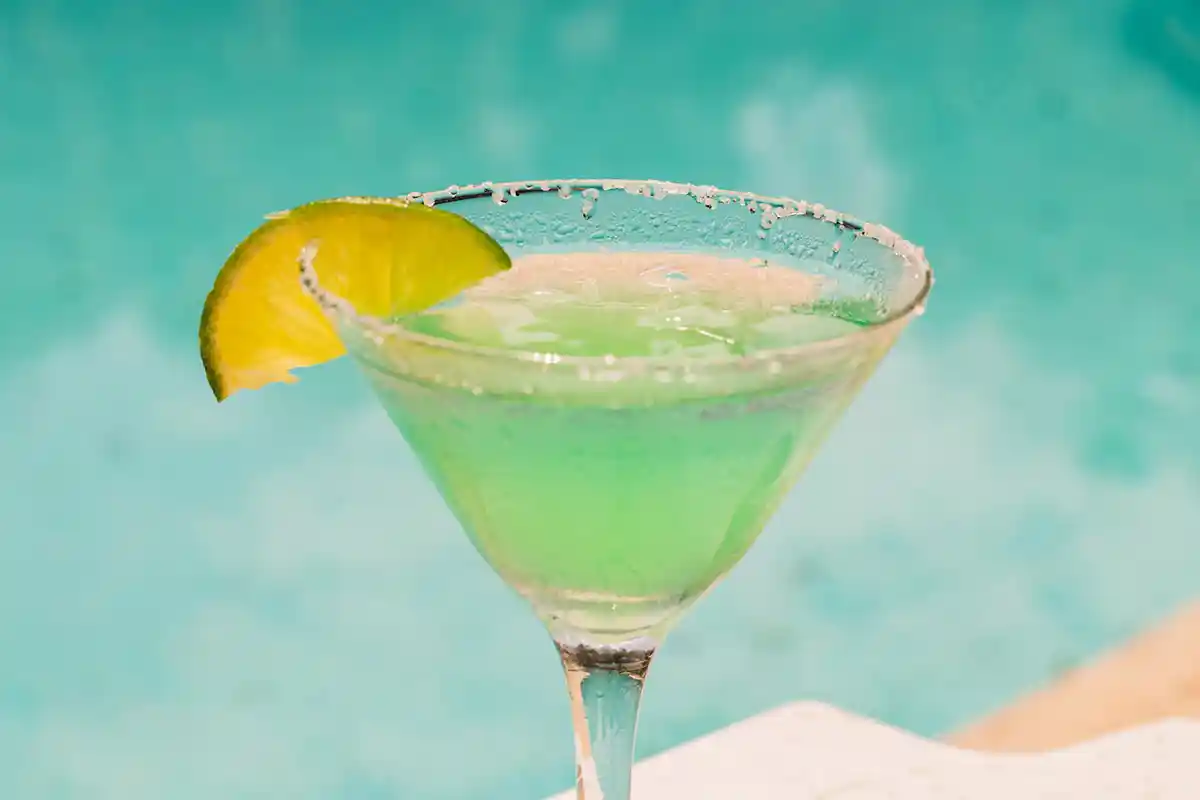Margarita, with its iconic combination of tequila, lime juice, and orange liqueur, has become one of the most beloved and popular cocktails around the world. But have you ever wondered about the history behind this refreshing and tangy drink? In this article, we will dive into the fascinating origins and evolution of Margarita, exploring its cultural significance and the stories behind its creation. So, let’s embark on a journey through time to uncover the rich history of Margarita.
1. Introduction
Margarita has become synonymous with celebrations, beach vacations, and enjoying a refreshing cocktail with friends. Its tangy and citrusy flavors make it a delightful choice for many, but its history is as intriguing as the drink itself. Let’s explore the origins of Margarita and uncover the stories that have shaped its journey through time.
2. The Birth of Margarita
The exact birthplace of Margarita remains a subject of debate, but one prevailing theory points to Mexico as its place of origin. The cocktail is believed to have emerged in the late 1930s or early 1940s. Legend has it that a bartender named Carlos “Danny” Herrera created the Margarita in his Tijuana restaurant. He crafted the drink for a customer who was allergic to all liquors except tequila but found it too harsh to consume straight. Herrera combined tequila with lime juice and a touch of sweetness, creating the refreshing and balanced Margarita we know today.
3. The Mystery of Its Origins
While the story of Carlos Herrera’s invention is widely known, some argue that Margarita existed before his time. One alternate theory suggests that the cocktail was named after a woman named Margarita Henkel, who was known to enjoy drinking tequila straight. According to this theory, the Margarita was created as a way to make the tequila more palatable for her. However, concrete evidence to support this claim is scarce, leaving the true origins of Margarita shrouded in mystery.
4. Margarita’s Rise to Popularity
In the 1940s and 1950s, Margarita started gaining popularity beyond Mexico. As Americans flocked to Mexican border towns during Prohibition, they discovered the refreshing allure of this tequila-based cocktail. The Margarita’s popularity continued to grow throughout the mid-20th century, thanks to the efforts of entrepreneurs and bartenders who introduced it to new markets.
5. Cultural Impact and Adaptations
Margarita’s cultural impact extends far beyond its Mexican origins. The cocktail has become a symbol of beachside vacations, tropical getaways, and vibrant celebrations. Its association with Mexican cuisine and culture has made it a staple in Mexican restaurants worldwide. Additionally, Margarita has inspired numerous adaptations and variations, with bartenders and mixologists adding their creative twists to the classic recipe.
6. Margarita Variations
Over the years, Margarita has evolved into a versatile drink with countless variations. Here are a few popular ones:
- Frozen Margarita: Blended with ice, this version offers a slushy and refreshing texture.
- Fruit Margarita: Incorporates various fruits like strawberry, mango, watermelon, or pineapple for added sweetness and flavor.
- Spicy Margarita: Infused with spices like jalapeño peppers or flavored with hot sauce, giving it a fiery kick.
- Mezcal Margarita: Substitutes tequila with smoky and earthy mezcal for a unique twist on the classic.
7. Margarita: A Drink for All Occasions
Margarita’s versatility makes it a go-to choice for various occasions. It’s a staple at beach bars, pool parties, and backyard barbecues. Margarita is also a popular choice for celebrating Cinco de Mayo, a holiday that commemorates Mexican culture and heritage. Whether you’re sipping on a Margarita while enjoying a sunny day or toasting to a festive occasion, this cocktail has a way of bringing joy and relaxation to any moment.
Frequently Asked Questions (FAQs)
- Can Margarita be made without salt?
- Absolutely! While the salt rim is a classic garnish, it is not necessary. Margarita can be enjoyed with or without the salt rim, based on personal preference.
- Are there non-alcoholic versions of Margarita?
- Yes, there are non-alcoholic Margarita options, often referred to as “Mocktails.” These versions use alternatives to tequila, such as non-alcoholic tequila substitutes or a combination of citrus juices, sweeteners, and soda water for a refreshing alcohol-free alternative.
- What glassware is typically used for serving Margarita?
- Margaritas are traditionally served in a wide, stemmed glass known as a Margarita glass or a coupe glass. However, they can also be served in rocks glasses or even mason jars, depending on personal preference and the style of Margarita being served.
- Can Margarita be made with ingredients other than tequila?
- While tequila is the classic and traditional base spirit for Margarita, variations can be made using other spirits like mezcal or even vodka. These adaptations offer unique flavor profiles and can provide an exciting twist on the original Margarita recipe.
- Can Margarita be batched for parties or gatherings?
- Yes, Margarita can be easily batched for parties or gatherings. Prepare a larger quantity of Margarita by scaling up the ingredients and mix them in a pitcher or punch bowl. Just ensure the batch is well chilled and serve it over ice or straight into glasses.
9. Conclusion
The history of Margarita is a captivating tale of creativity and taste. From its humble beginnings in Mexico to its global popularity, Margarita has become an iconic cocktail cherished by people around the world. Whether you prefer the classic version or enjoy exploring the endless variations, Margarita continues to be a symbol of relaxation, celebration, and the joy of savoring a well-crafted drink.



